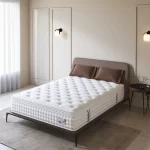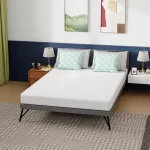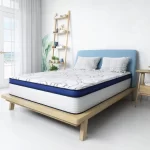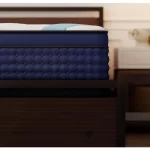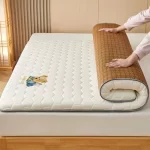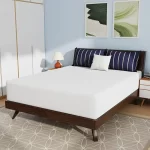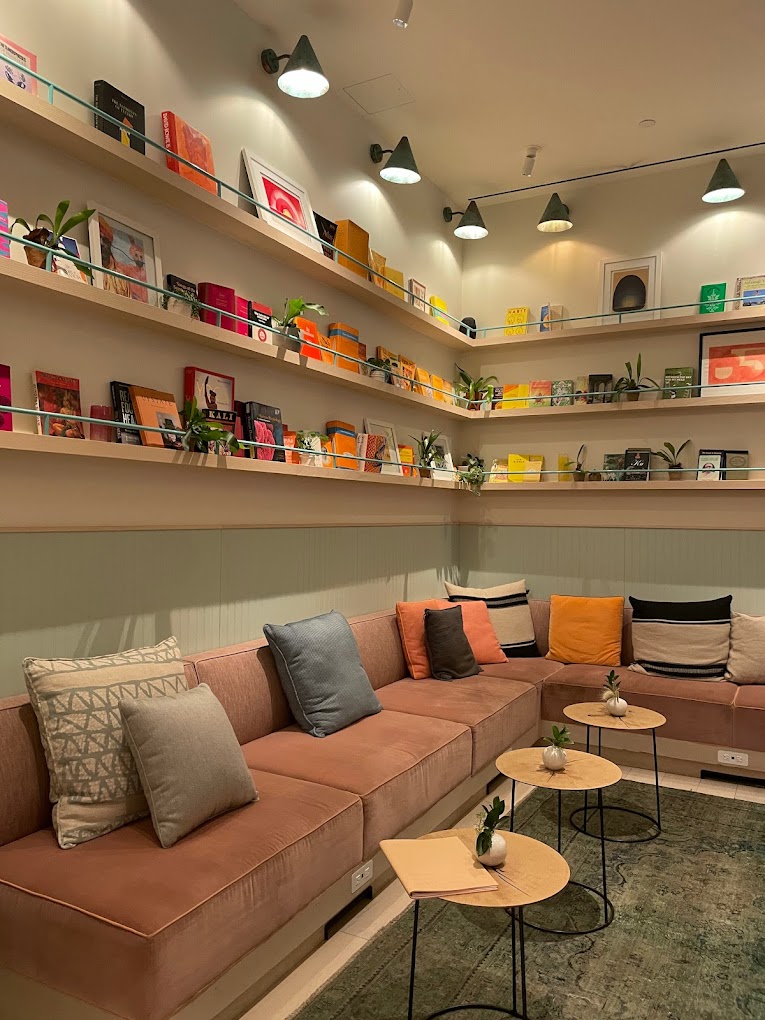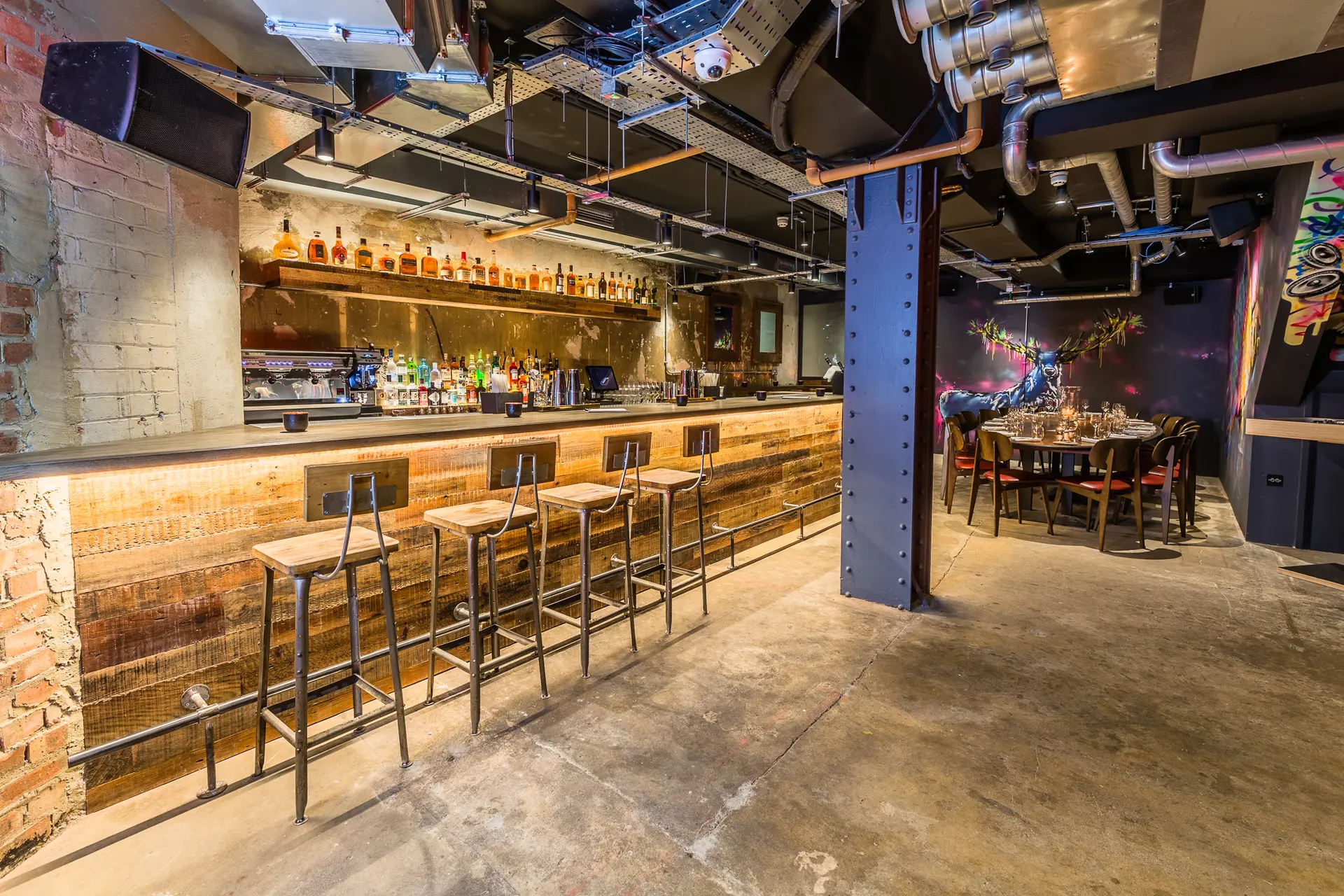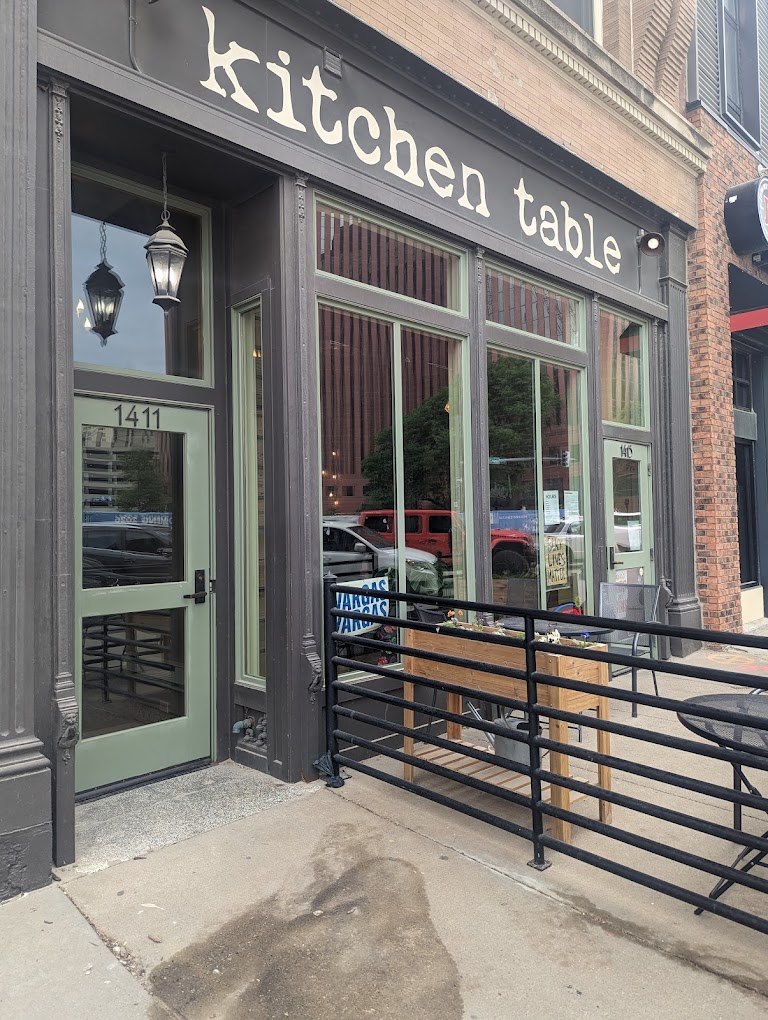The dining table is the centerpiece of the room – where family meals, homework, games and conversations unfold. With some forethought, you can select the perfect table to suit your family’s needs for years to come. Here are the key considerations when shopping for a new dining table:
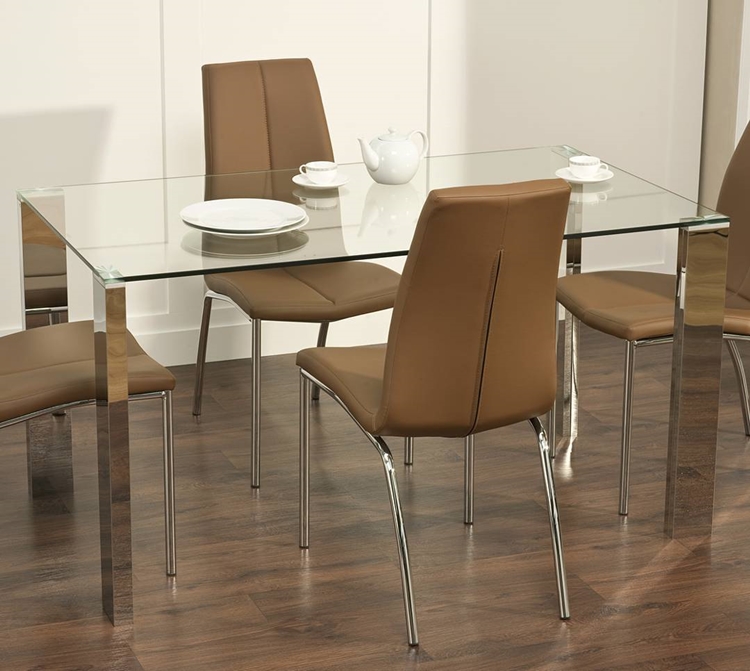
Define the Ideal Size and Shape
Proper proportions are key for functionality and visual harmony.
- Carefully measure your existing dining space. Record the length, width and any quirks.
- Sketch out various table sizes and configurations in the room to gauge traffic flow and chair clearance.
- Allow ample clearance around the edges – at least 24-30 inches for chairs to slide in and out unobstructed.
- Consider the table shape – rectangle, round, oval, square – and how it complements your architecture and seating layout.
- Expandable, convertible tables maximize versatility for both small and large gatherings. Self-storing leaves integrate seamlessly.
Evaluate Seating Requirements
The table should comfortably accommodate your household and guests for special occasions.
- Determine the number of people you typically need seats for during weekday family dinners.
- Then consider expanded seating for hosting parties, holidays or big family meals.
- Benches and banquettes maximize seating capacity for a linear footprint.
- Make sure there is sufficient clearance around chairs when pulled away from the table, at least 12 inches.
Select the Ideal Table Height
Standard dining table height is 30 inches tall. But consider:
- Bar height tables (36-42 inches) promote easy circulation and conversation flow in open concept kitchens.
- Counter height tables (24-28 inches) pair well with bar stools for casual dining.
- Adjustable height tables transition from sitting to standing positions.
- 36 inch height works with both counter and standard chair heights.
Evaluate Table Base Styles
The style of base or legs impacts aesthetics and functionality:
- Pedestal bases take up minimal floor space for lighter visual weight.
- Legs around the outer edges maximize knee clearance and accessibility.
- A trestle base joining two pairs of legs provides rock solid stability.
- X-shaped bases add architectural interest but may obstruct legroom.
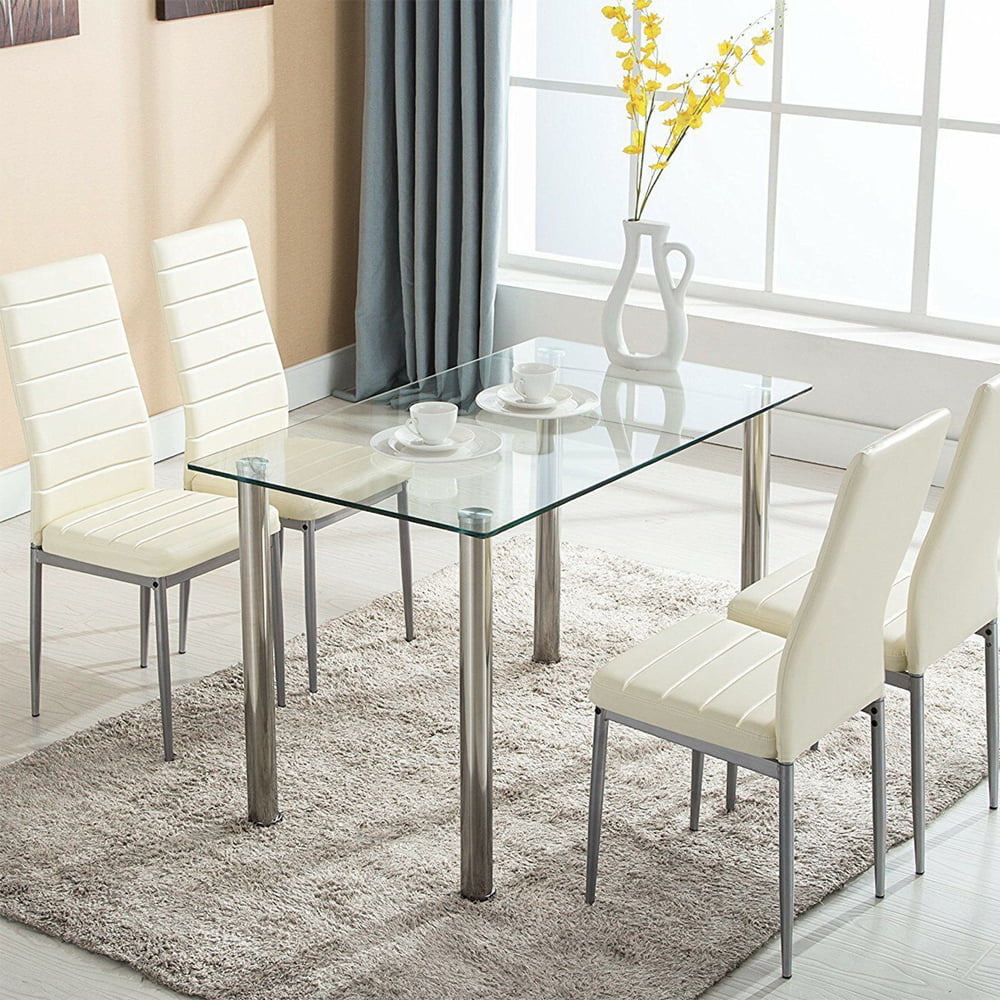
Select the Tabletop Material
Natural woods offer warmth. Glass and metal provide ease of maintenance. Stone tops convey elegance. Each material has advantages and drawbacks to weigh.
Consider Smart Integrated Features
- Self-storing leaves disappear when not needed for space-saving flexibility.
- Lazy susans facilitate passing of dishes and food.
- Flip-up sections provide room for puzzles, games or homework space.
- Charging docks and power outlets keep devices powered and reduce cord clutter.
Choose a Style Aligned with Your Décor
Match the dining table to your interior design vision, whether it’s:
- Rustic farmhouse charm with turned legs and distressed finishes
- Traditional sophistication with ornate carvings and polished curves
- Sleek modern minimalism conveyed through clean lines
- Industrial edge using metal frameworks and reclaimed wood
When investing time into purchasing a quality dining table, weighing all the options will ensure your table suits both aesthetic appeal and functional needs for years of family memories.
